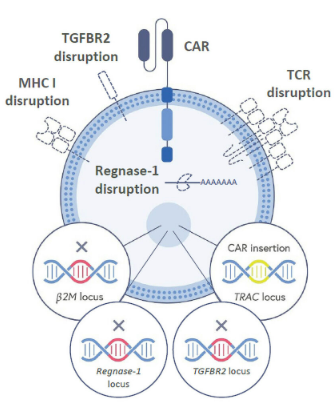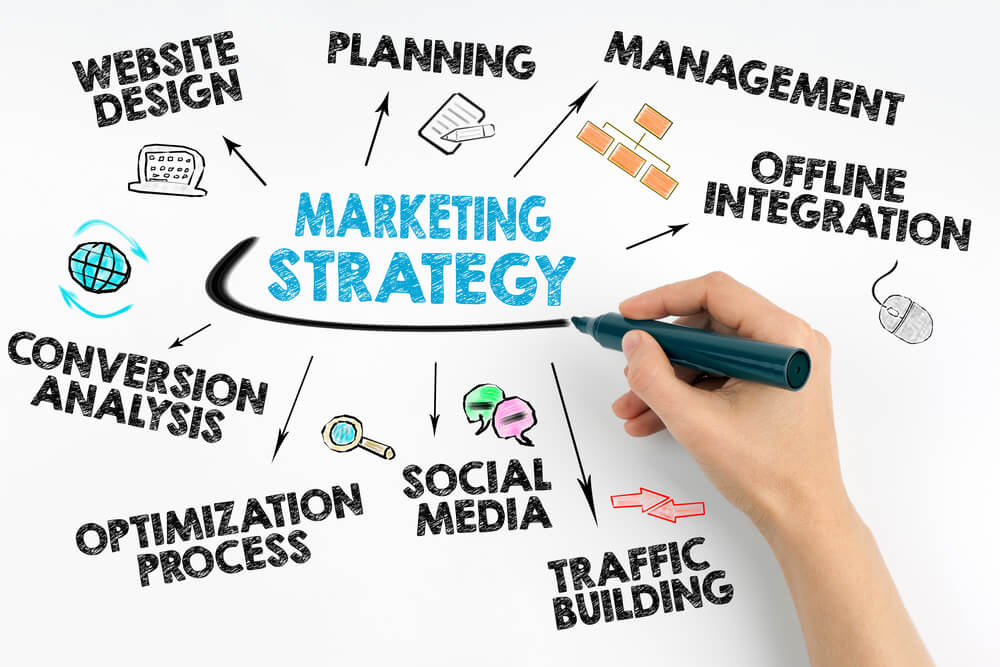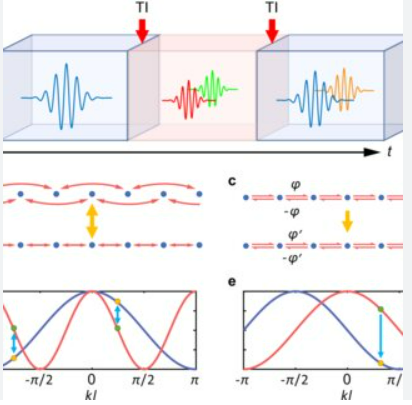
Operational Genome 2.0: Centric Consulting x Litmus Launch CRISPR for Enterprise DNA
In 2023, Boeing’s $1.6B loss from supply chain inefficiencies exposed a brutal truth: legacy process optimization tools are obsolete. Enter Centric Consulting and Litmus, whose groundbreaking partnership aims to rewrite the rules of corporate survival. Dubbed “CRISPR for Enterprise DNA,” this alliance promises not incremental improvement, but surgical precision in cutting operational waste—with AI acting as the molecular scalpel.
1. Decoding the Enterprise Genome
Every company operates on a hidden “DNA”—interconnected workflows, decision nodes, and cultural patterns that dictate efficiency. Traditional methods like Six Sigma or Lean merely tweak phenotypes. Centric and Litmus target the genotype.
How it works:
- CRISPR-CasAI: Litmus’ machine learning algorithms act as “guide RNA,” scanning petabytes of ERP, CRM, and IoT data to locate inefficiency mutations.
- Base Editing: Centric’s operational experts then perform nucleotide-level edits: reconfiguring a procurement process here, silencing redundant approval layers there.
- Ethical Off-Switches: Embedded governance protocols prevent over-optimization (e.g., stripping crucial human oversight).
Case Study:
A Fortune 500 retailer reduced inventory costs by 37% in 8 weeks after Litmus identified “junk sequences” in its demand forecasting. Centric’s surgeons then removed 14 redundant decision layers in merchandising workflows.
2. Resurrecting Corporate Codons
Inefficiency isn’t random—it’s written into organizational code. The partners’ Operational Genome Atlas reveals chilling patterns:
- Zombie Processes: 63% of Fortune 1000 companies run obsolete workflows retained purely due to institutional inertia (Gartner, 2024).
- Silent Mutations: Harmless-seeming email approval chains that cumulatively waste 11,000 hours/year per mid-sized firm.
- Apoptosis Failure: Teams clinging to unprofitable product lines due to sentiment, not data.
Litmus’ AI detected a $120M phantom cost in a pharmaceutical giant’s R&D pipeline—legacy compliance checks for discontinued drugs. Centric’s CRISPR edit excised 92% of these “dead codons” without regulatory fallout.
3. The Epigenetics of Efficiency
Beyond cutting waste, the partnership reprograms how companies evolve:
- Dynamic Methylation: Real-time AI “tags” processes for adaptation. When market conditions shift, workflows auto-rewire. (e.g., auto-swapping suppliers during geopolitical crises)
- Mirna Processors: Micro-adjustments learned from frontline worker behavior—a retail bank reduced loan approval friction by mimicking top performers’ exception-handling.
- Corporate Telomeres: Anti-aging protocols that prevent process decay. Clients report 22% slower efficiency erosion post-implementation.
“This isn’t Kaizen—it’s evolution on steroids,” says Dr. Lena Zhou, MIT’s operations futurist. “They’re treating enterprises like living organisms, not machines.”
4. Ethical CRISPR: Preventing Optimization Overreach
The risks are Jurassic Park-level:
- Loss of Organizational Heterozygosity: Over-optimized companies become brittle. Centric enforces “junk DNA buffers”—deliberate redundancies for crisis resilience.
- AI-Driven Groupthink: Early trials saw teams over-delegate to algorithms. Solution: Litmus’ “mutation entropy engine” preserves creative friction.
- Process Eugenics: The ghost of Taylorism looms. The partners’ Ethical Genome Charter bans edits targeting workforce reduction as a primary KPI.
When a European automaker tried to eliminate union negotiation processes, Centric-Litmus systems triggered a kill switch. “Ethics isn’t a feature—it’s the operating system,” asserts Litmus CEO Ravi Singh.
5. The Post-Human Enterprise
By 2028, the alliance plans to commercialize:
- Mitochondrial AI: Subcellular process optimization where algorithms manage micro-tasks (e.g., reordering office supplies) without human input.
- Horizontal Gene Transfer: Cross-industry “efficiency plasmids.” Imagine adopting Amazon’s inventory metabolism or Toyota’s innovation meiosis.
- Synthetic Organs: Fully automated business units (marketing, HR) that grow/scalp autonomously based on real-time needs.
But as Centric’s CTO warns: “A company that outsources its evolutionary pressure to algorithms must never forget—parasites evolve faster than hosts.”
The New Origin of Species
The Centric-Litmus alliance doesn’t just optimize businesses—it questions what an enterprise should be. In an age where 73% of CEOs admit their companies are “evolutionarily stalled” (McKinsey, 2024), this CRISPR model offers more than efficiency. It’s a Darwinian lifeline.
Yet with great power comes existential peril. As we splice AI into the double helix of daily operations, one truth becomes self-evident: In the race to redesign corporate DNA, the most crucial edit may be to our own ambition.
The future of work isn’t just hybrid—it’s hybridized. Proceed with precision.








